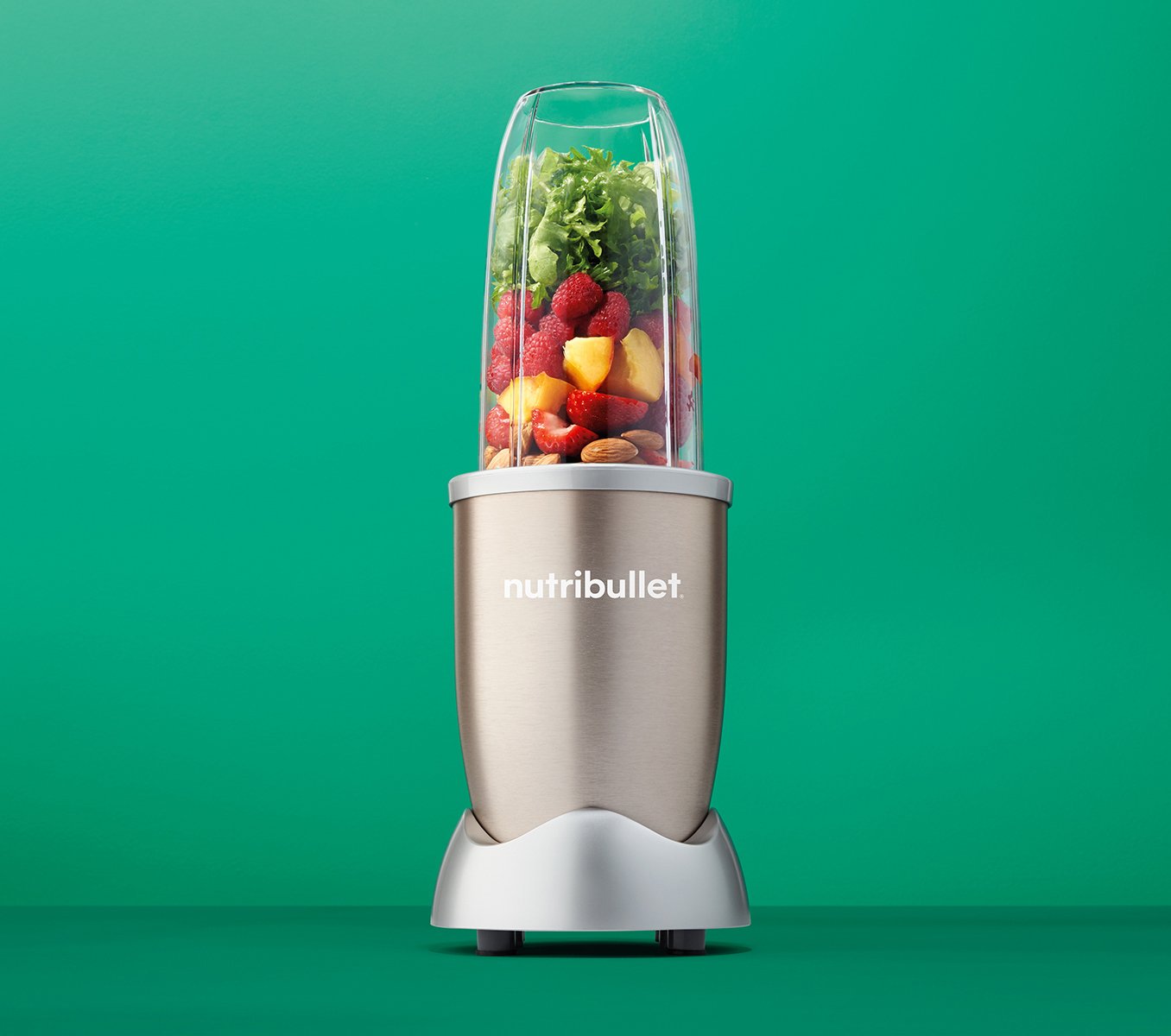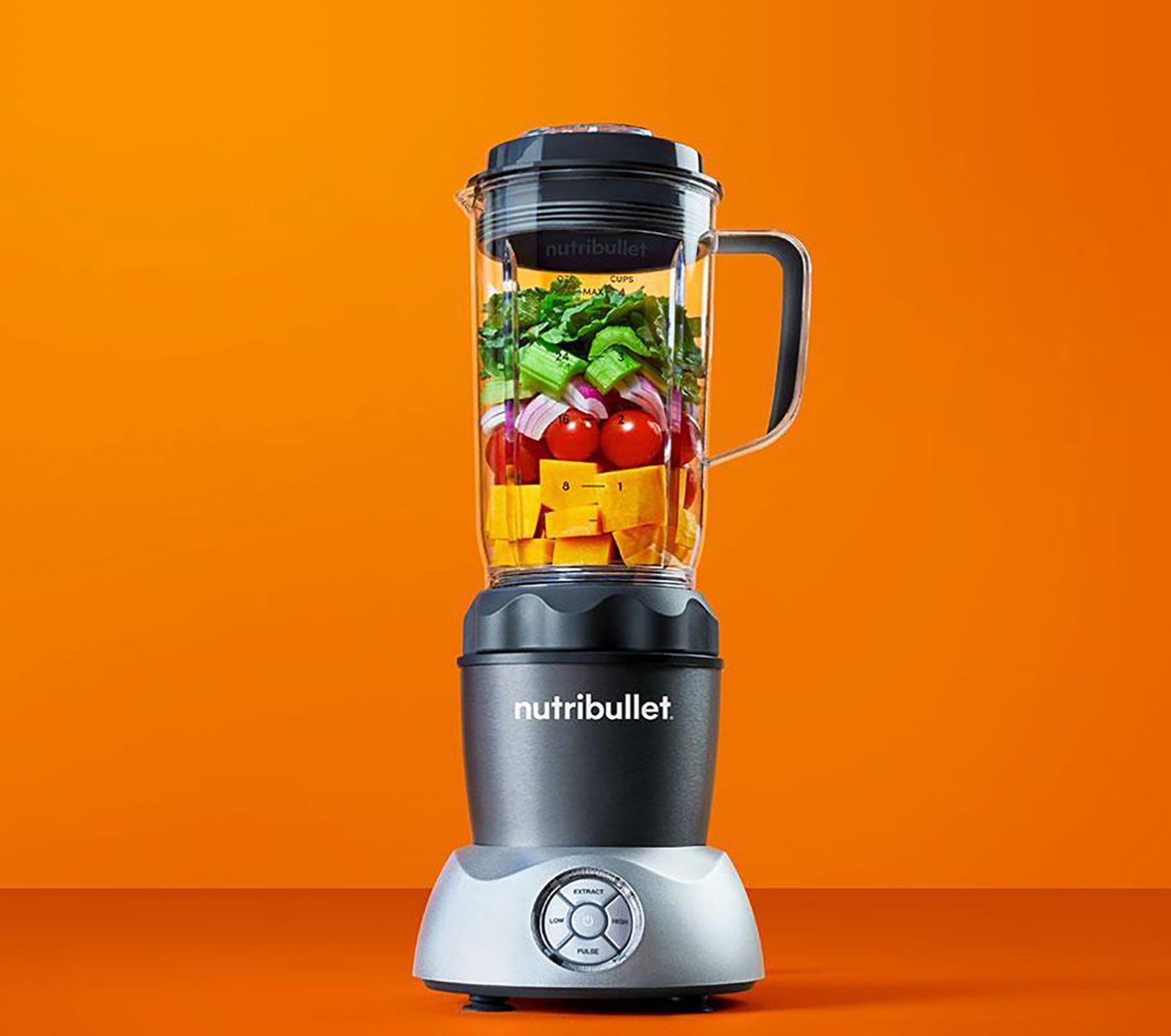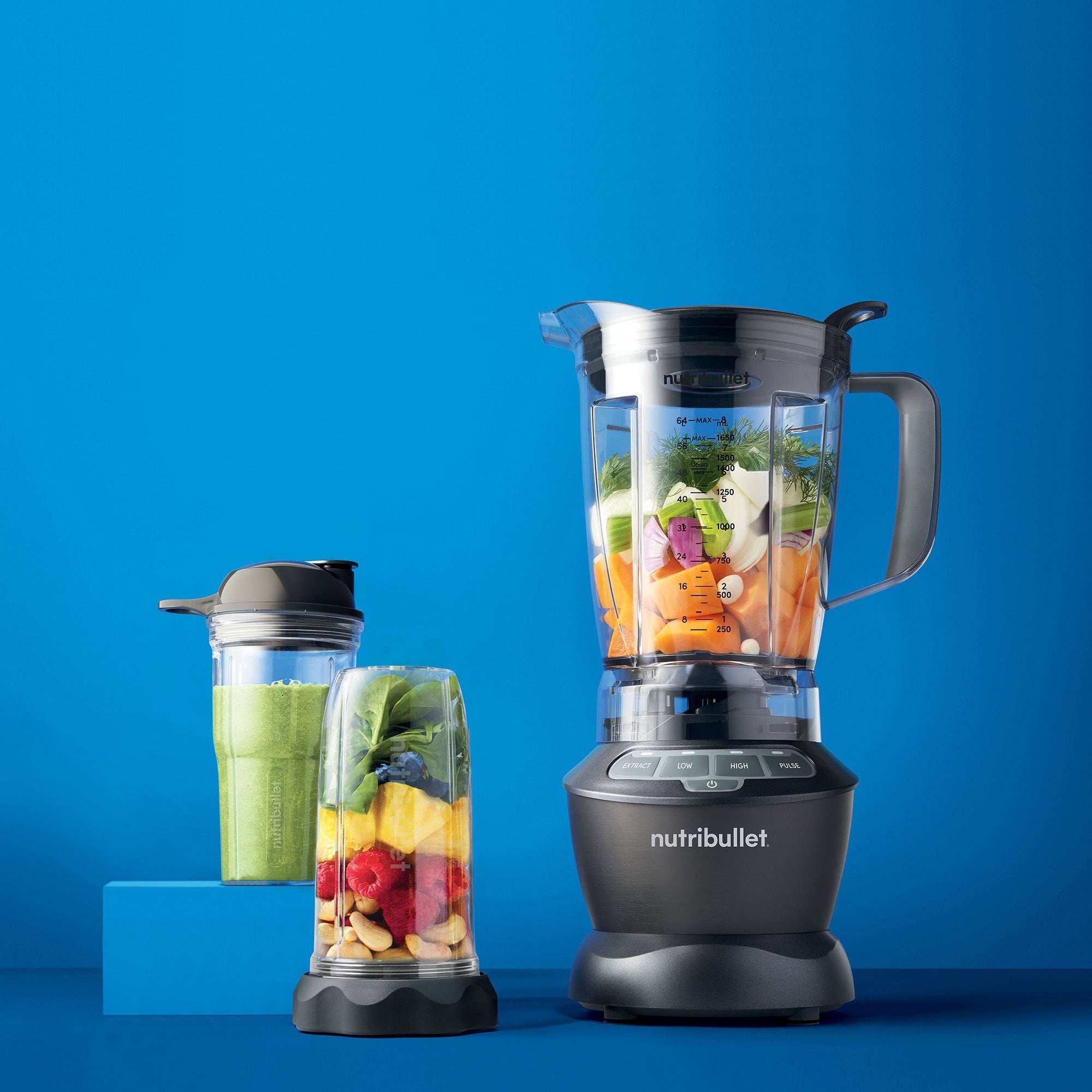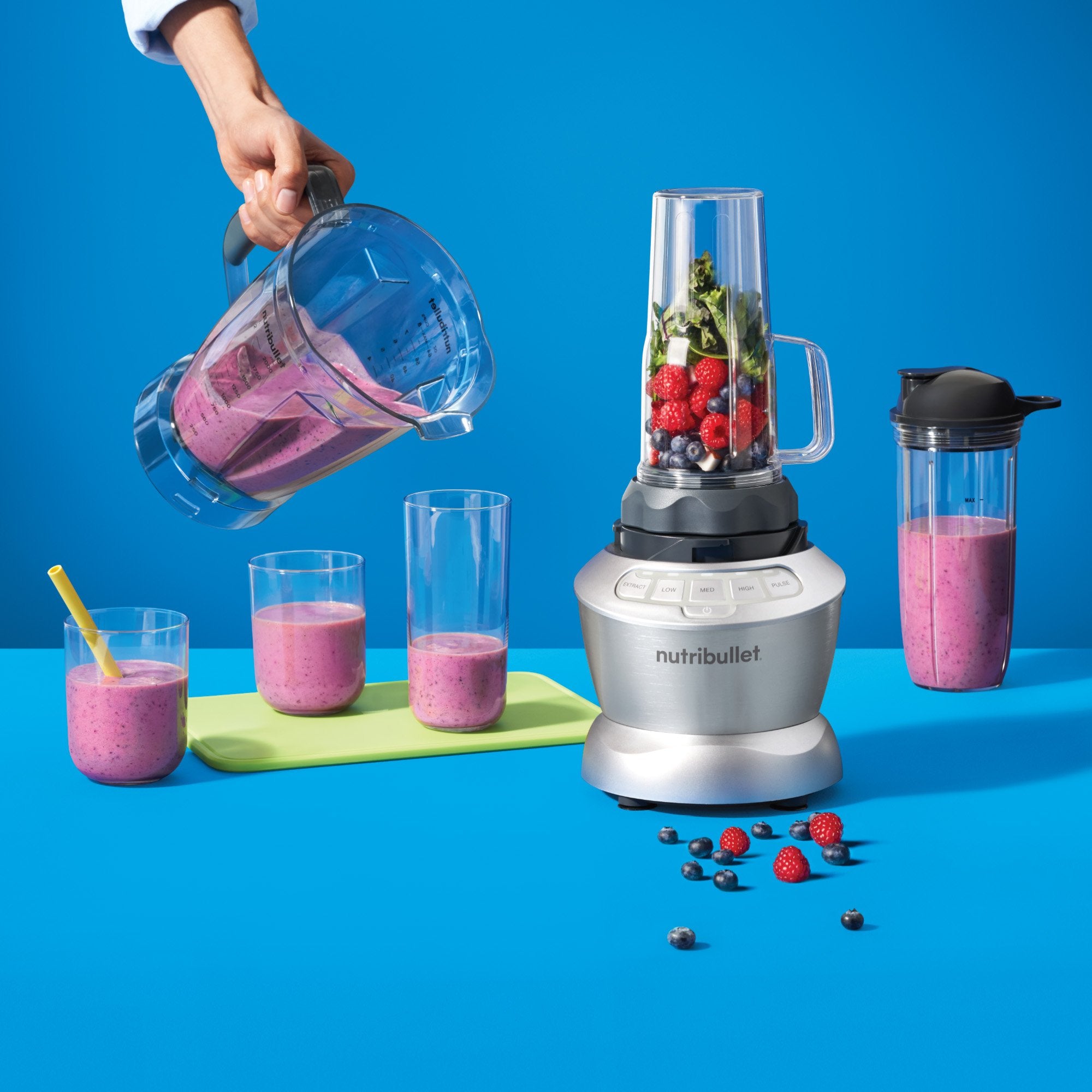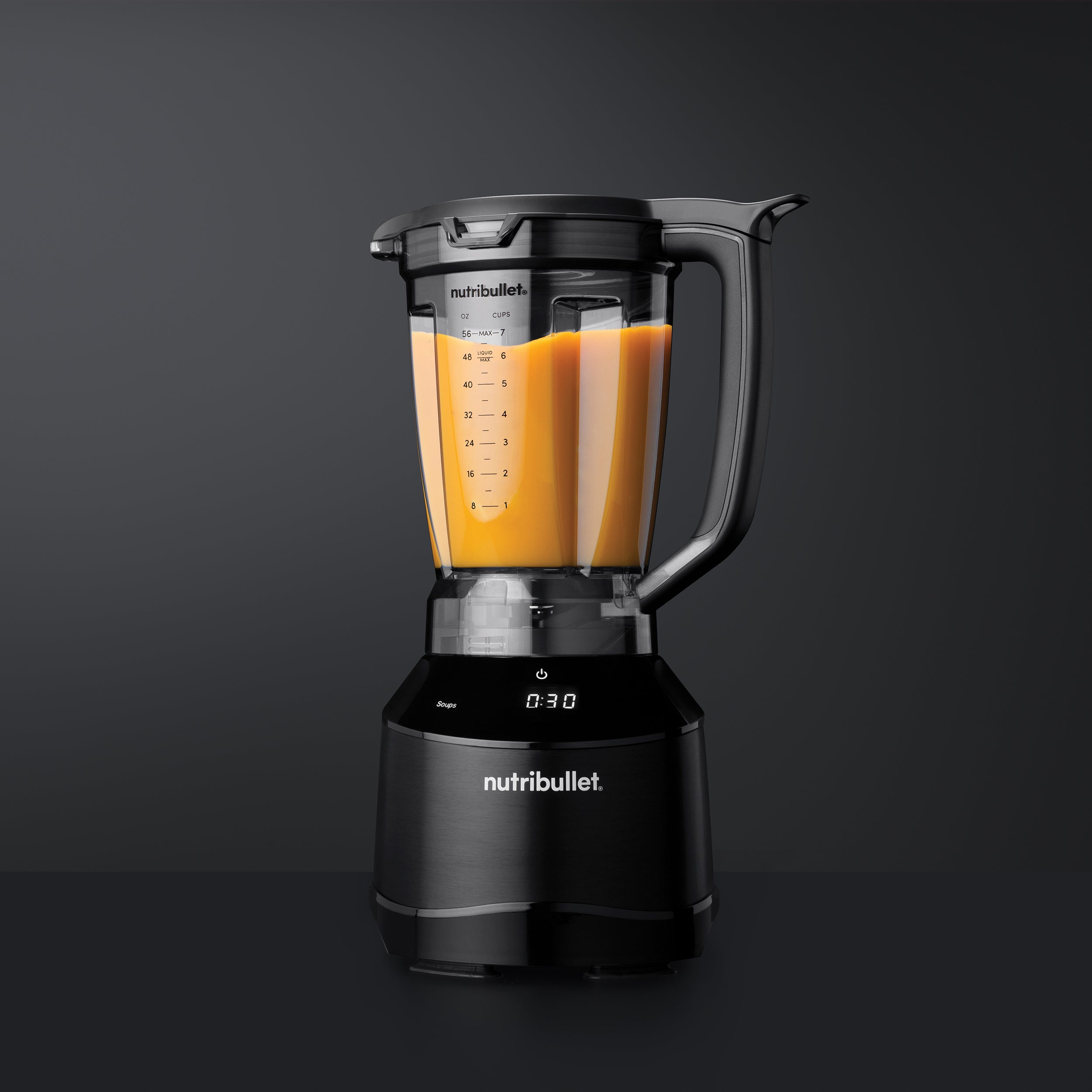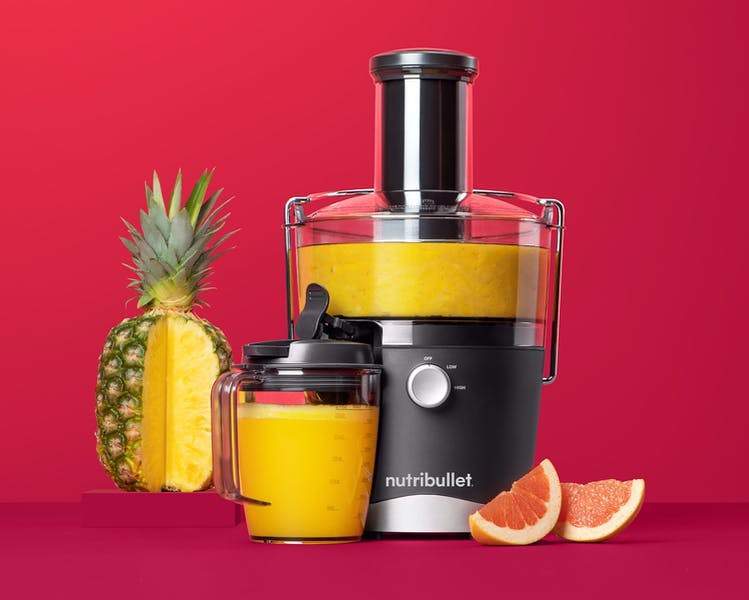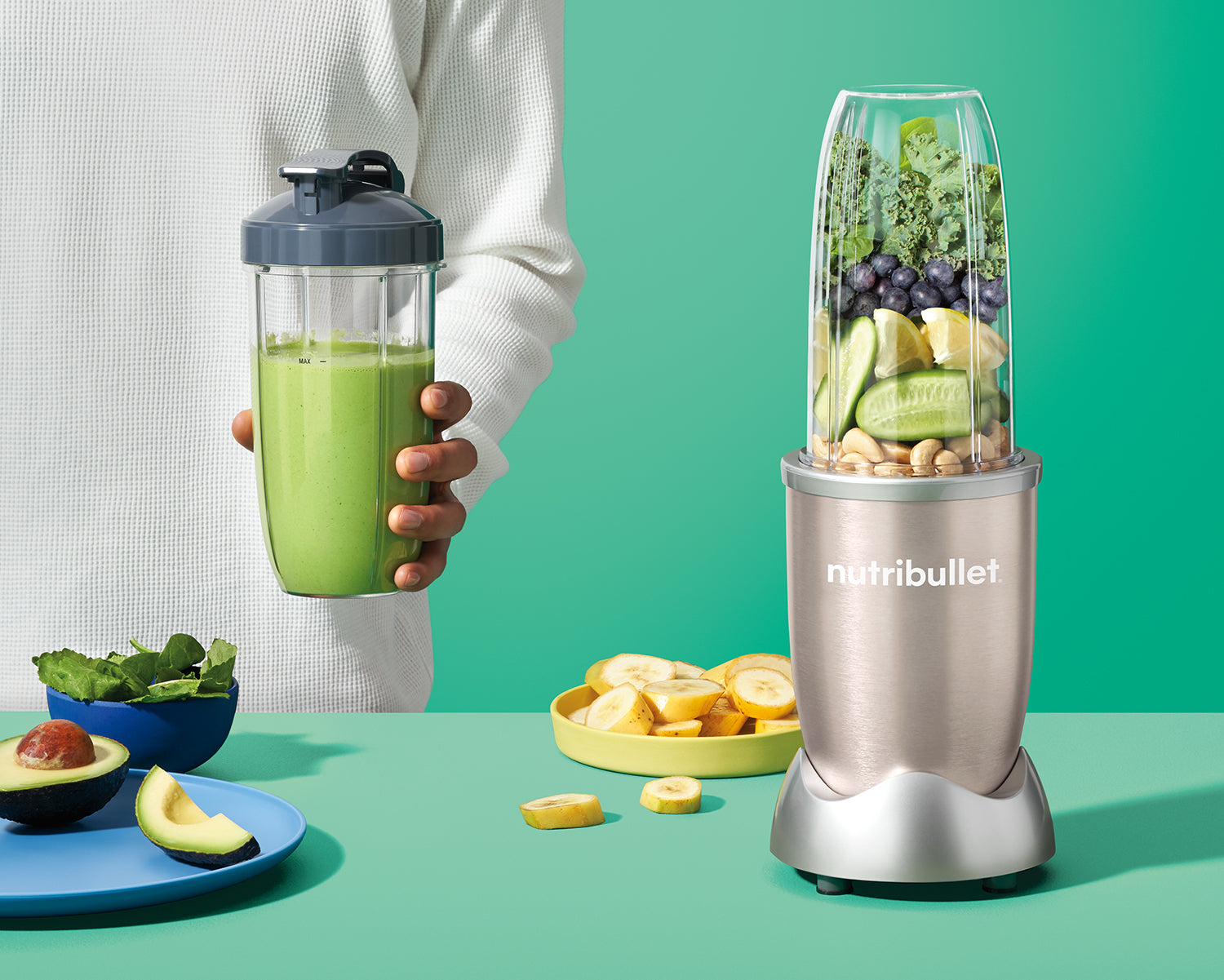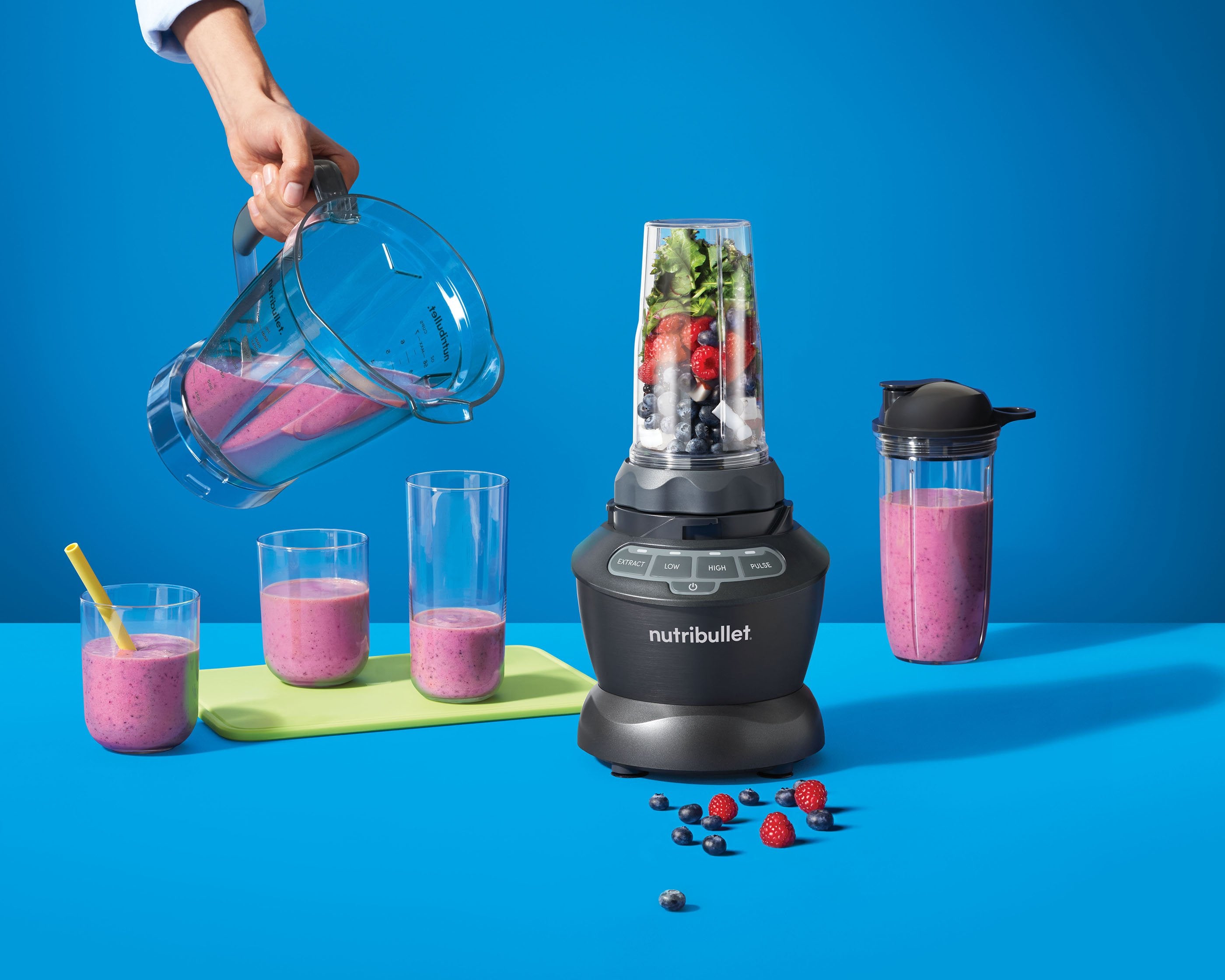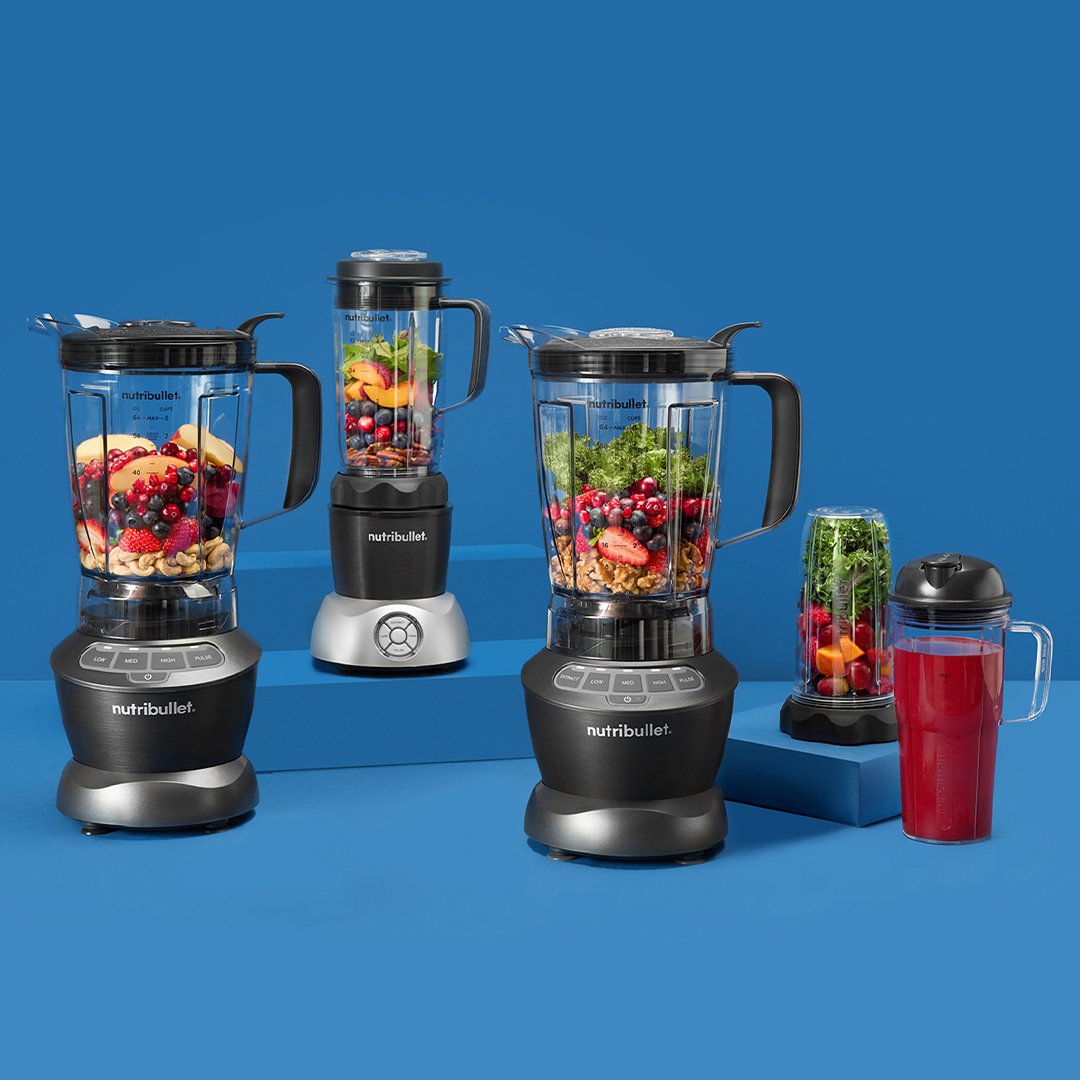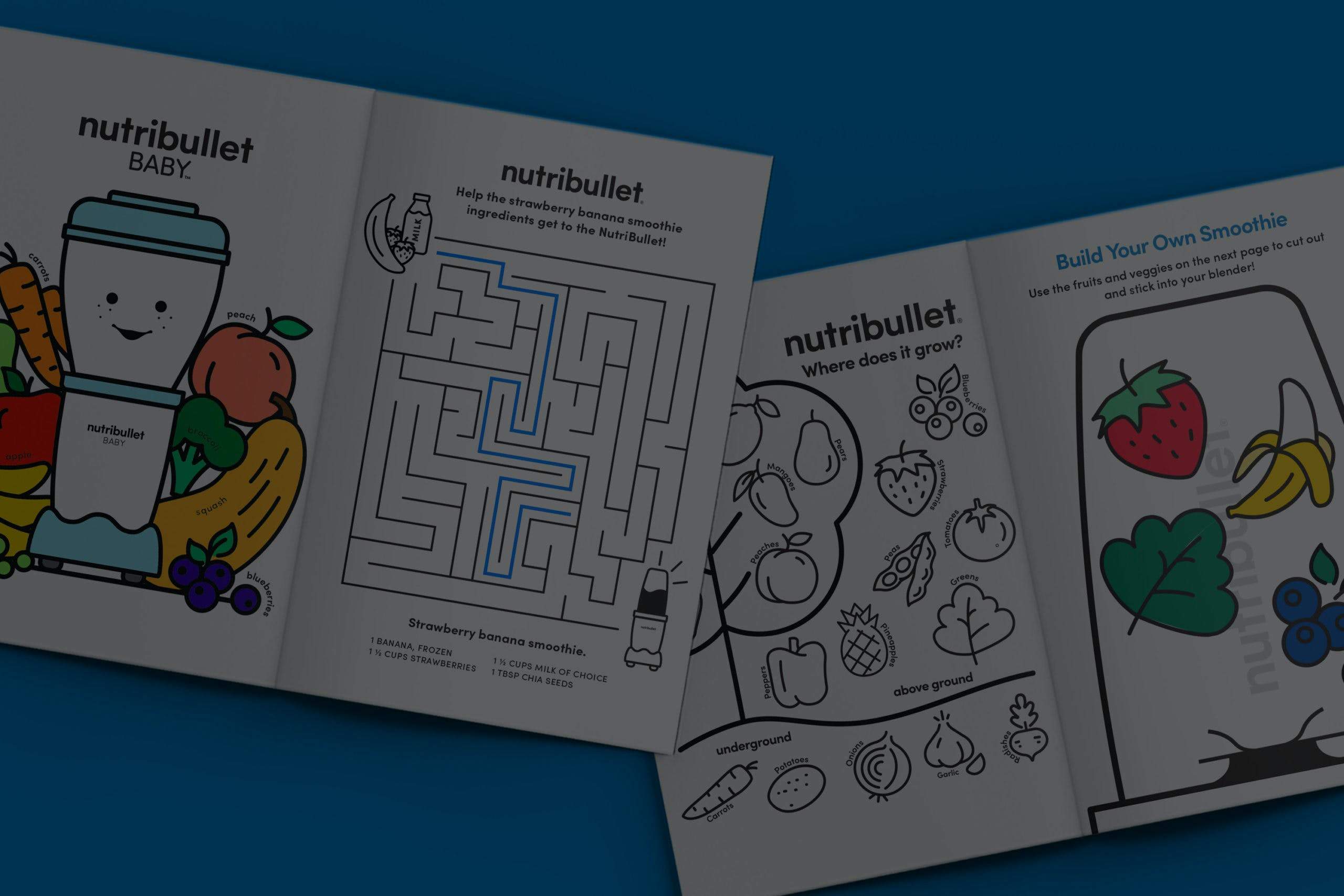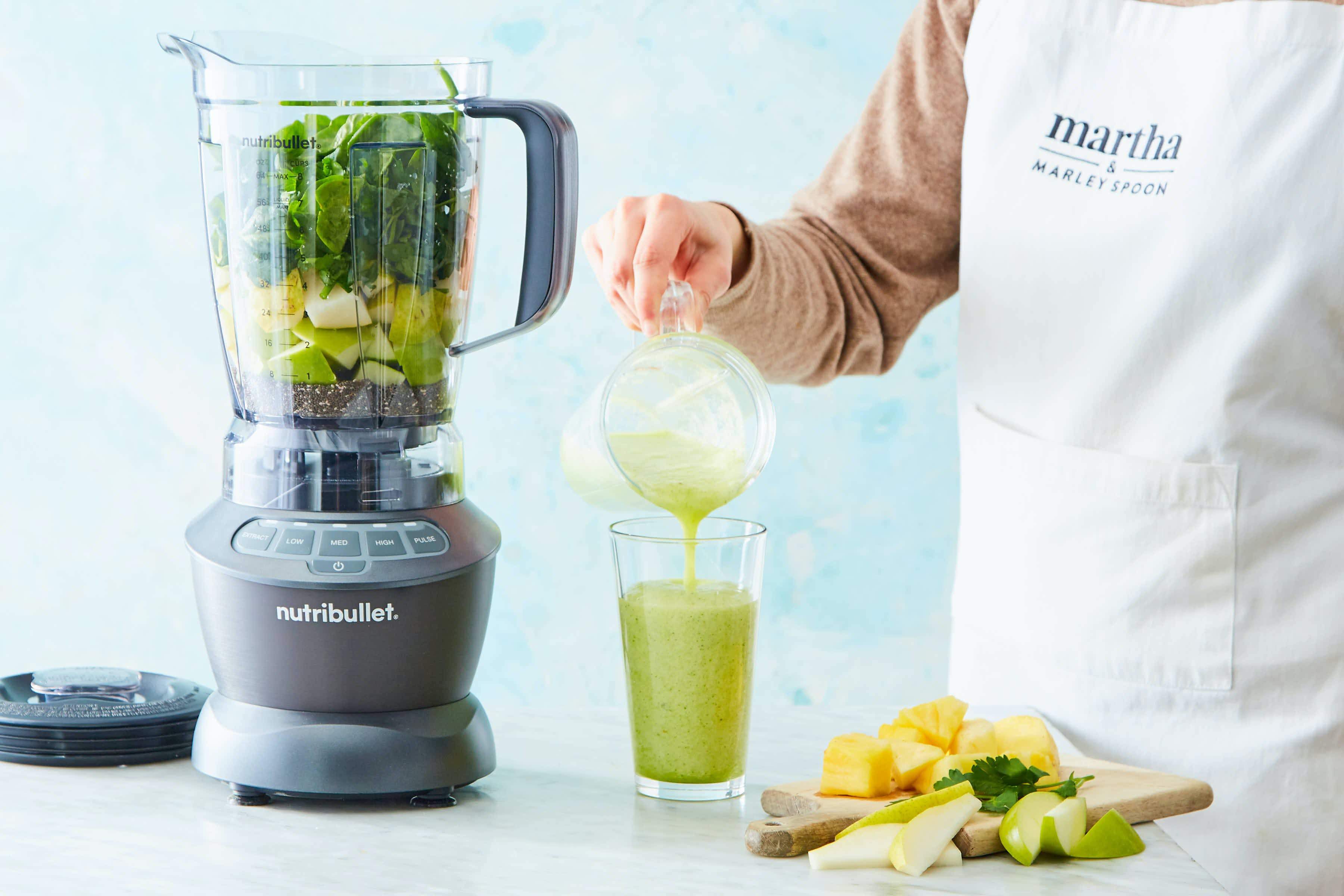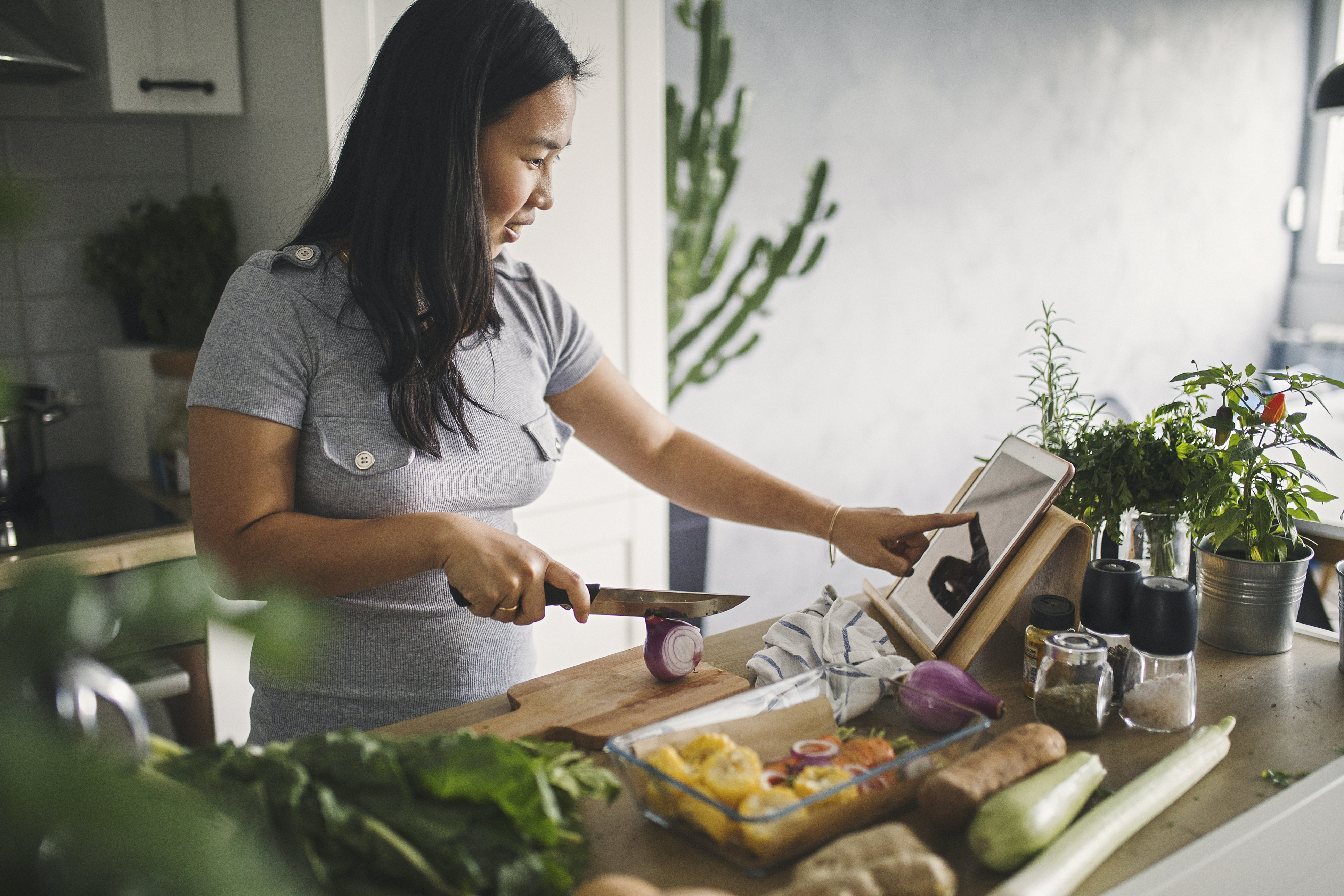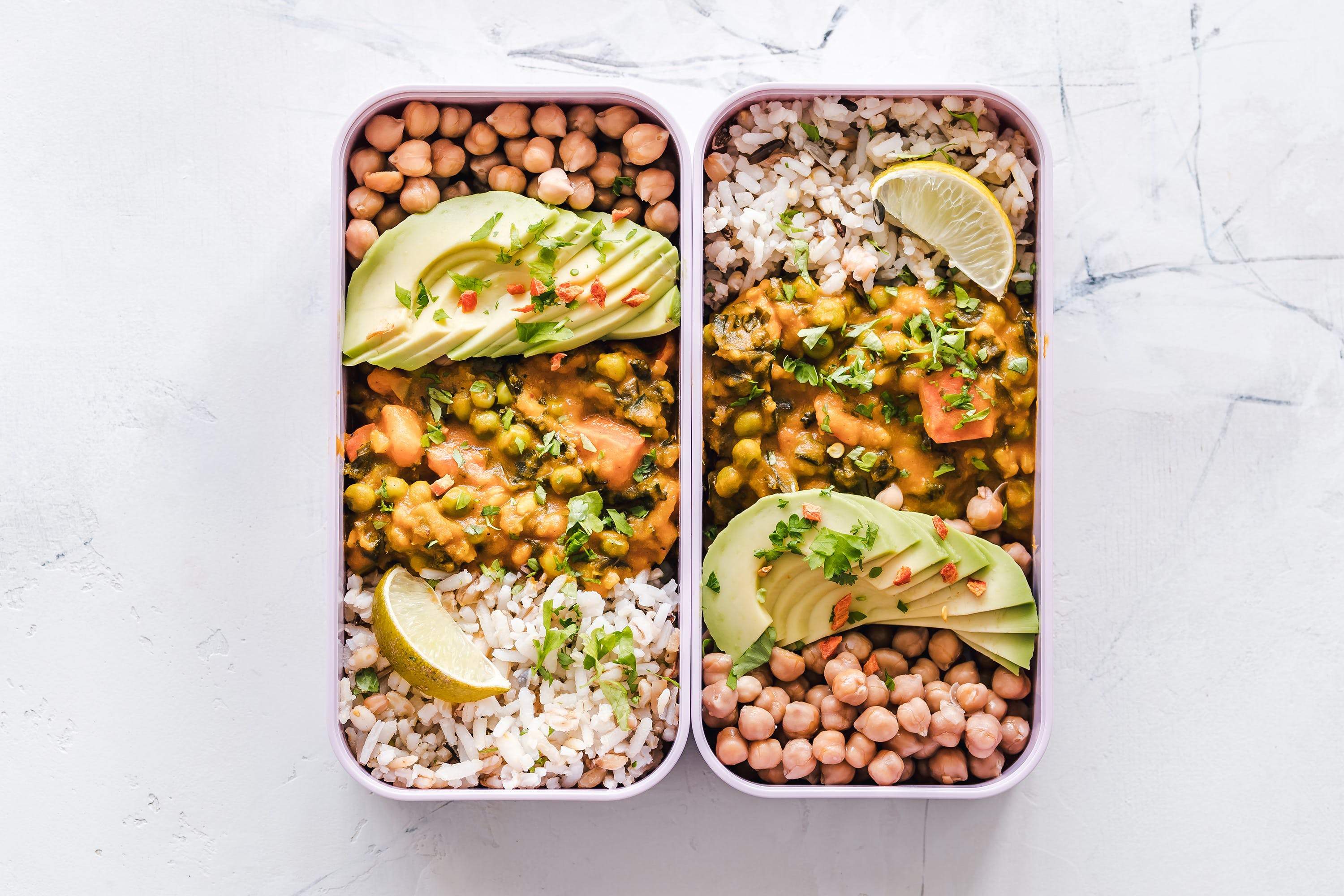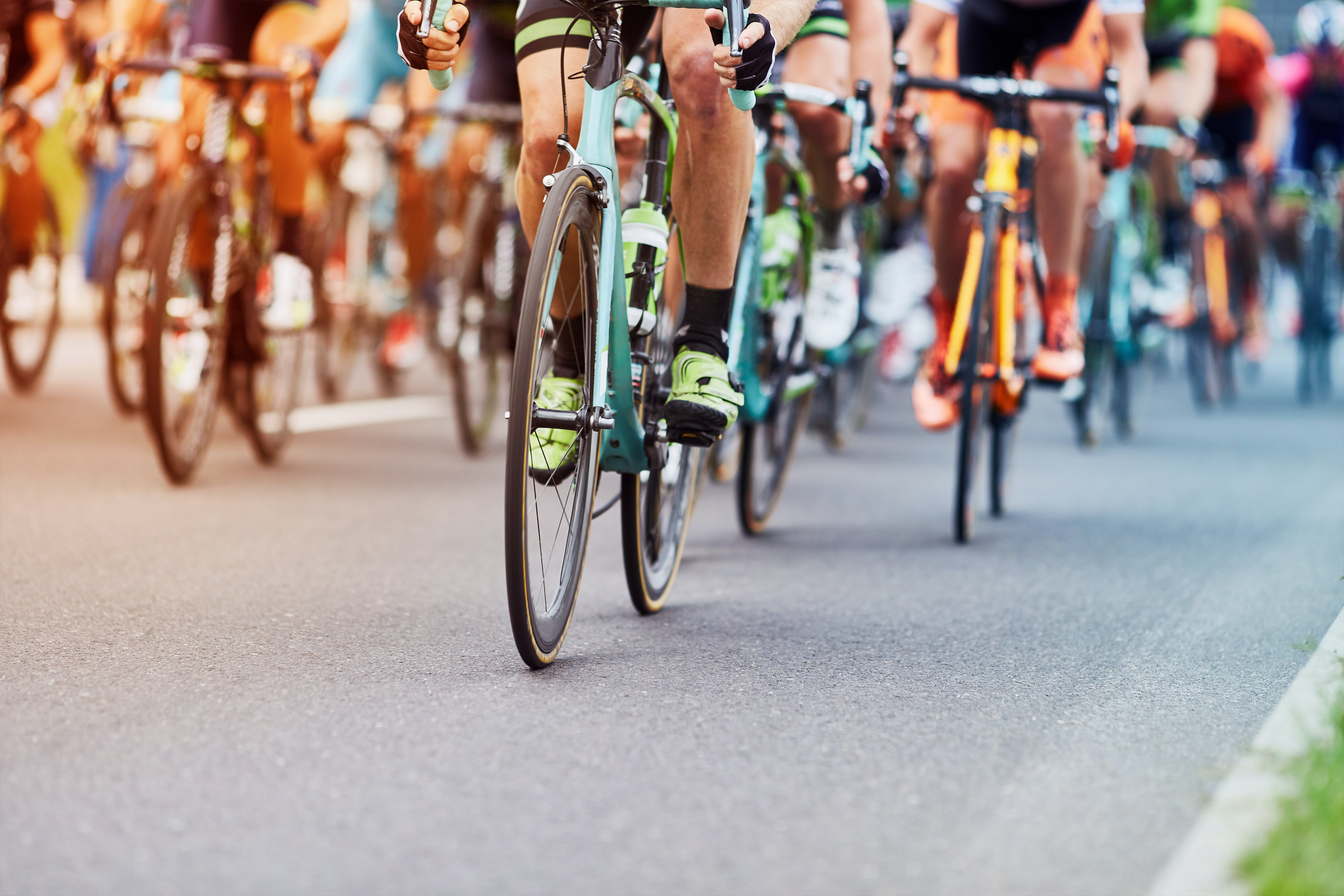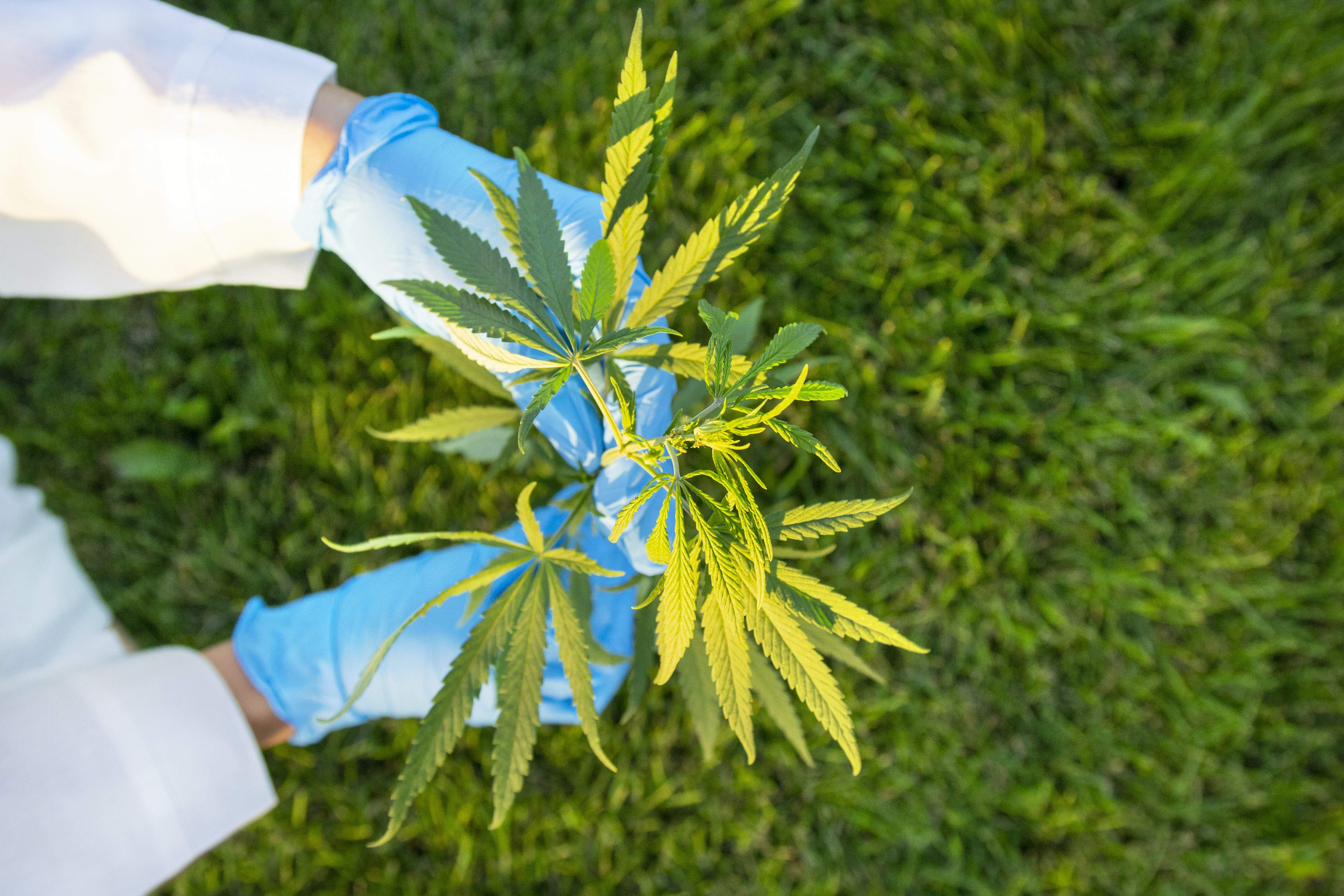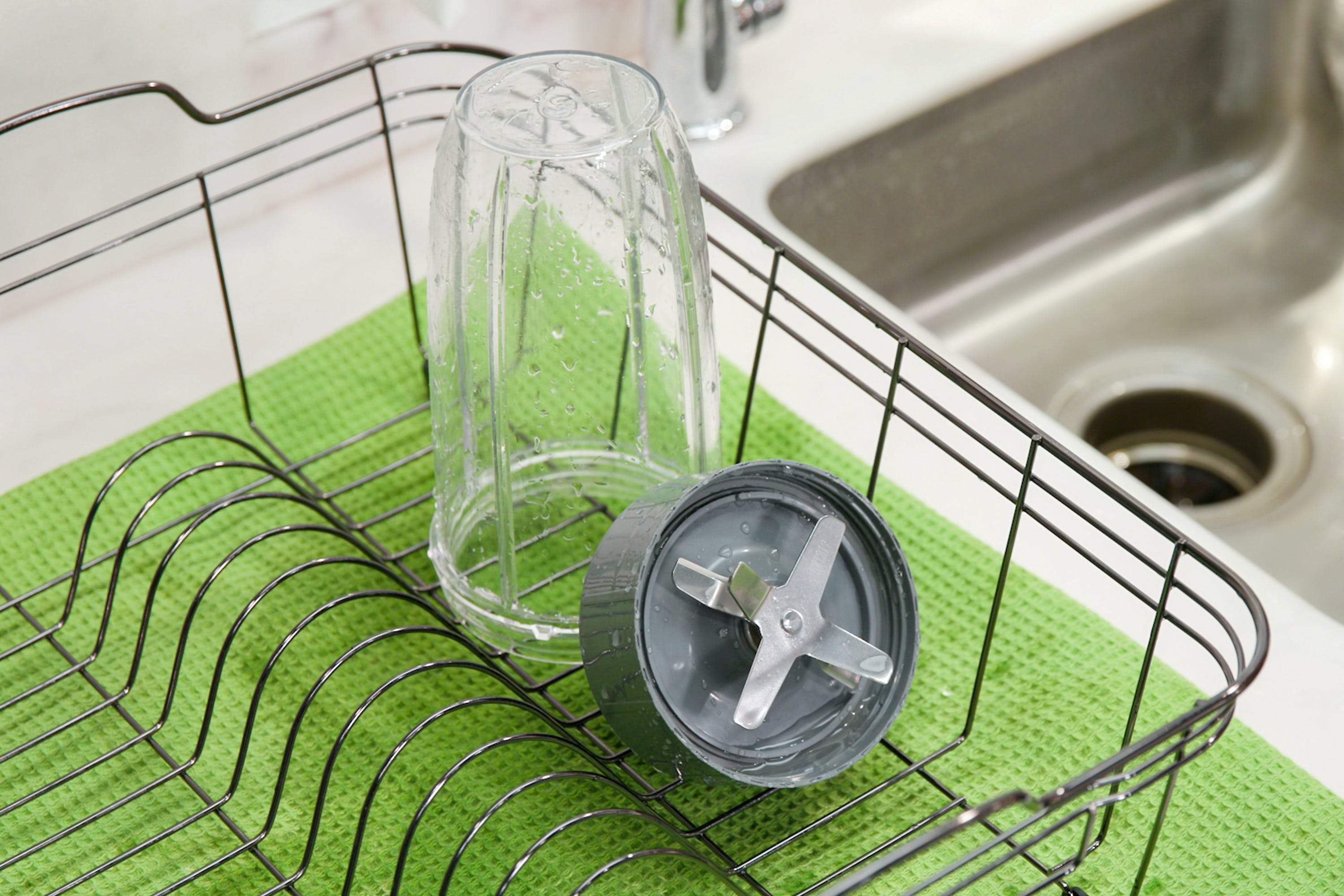We all know that food gives us energy, but how it does this is not always clear. When we eat, our body converts carbohydrates into a type of sugar called glucose. The pancreas then produces a hormone called insulin to send glucose through the bloodstream and into cells, which use the sugar as an energy source immediately or store it for later.
With a slow and steady flow of blood sugar, the body is able to process and regulate how much goes where, and insulin production and energy levels are maintained at a steady pace. Too much sugar at once, however, and the pancreas must rush to keep up, depleting its insulin stores and leaving gaps in production where there is not enough insulin to keep up with the amount of sugar in the blood.
Without insulin, glucose can’t be transported to your cells for energy. This is what causes the dreaded sugar crash, and why high-carb, high sugar foods tend to leave you feeling drained. When your blood sugar levels are high, you feel tired, out of energy, and unable to focus on simple tasks. This also leads to wanting to eat more — inhibiting a cycle of overeating and lack of exercise. In this way, high blood sugar levels can keep you from losing weight.
Over time, repeated sugar crashes can also severely impair your pancreas’ ability to produce insulin – one of the contributing factors to the development of type 2 diabetes.
When making smoothies, it’s important to include only high fiber carbohydrates along with protein and healthy fat. Having the right amount of fiber, protein, and fat in your smoothie help to slow the release of glucose into the bloodstream and keep blood sugar levels normal.
The NutriBullet Balance is an excellent tool to help you get your blood sugar on track, manage your weight, and reach your health goals. On top of tracking the nutrients that go into your smoothies, it actively calculates the total amount of carbs and sugar as you add your ingredients.
Smoothies can easily transition from nourishing meals to total sugar bombs, so be sure to keep the following foods out of your smoothies.

1. Fruit Juice
Even fresh-squeezed fruit juice provides a concentrated amount of fruit with barely any fiber; this translates to a whole lot of sugar without any physical substance to slow its release into the bloodstream. Take orange juice for example; one 8-oz serving of orange juice (about half of a normal drinking glass) contains 111 calories, 21 grams of sugar and only 0.5g of fiber. Compare that to one medium-sized orange, which contains 62 calories, 12 grams of sugar, and 3 grams of fiber. You’re much better off with the fruit since it has fewer calories and sugar and more fiber.

2. Canned Fruit
Canned fruit is often packed in corn syrup – one of the most concentrated sweeteners on the market and an obvious no-no for those looking to keep their blood sugar in check.
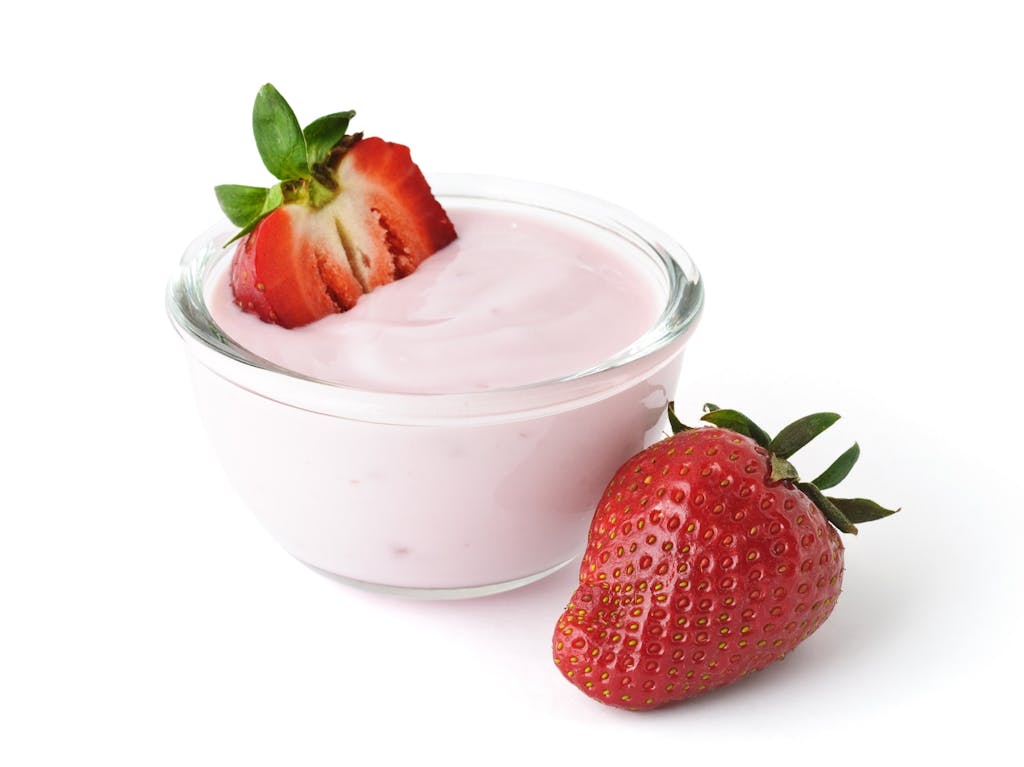
3. Flavored Yogurt
While yogurt is frequently cited as a health food, a standard 6 oz cup of flavored yogurt can contain up to 28 grams of sugar! Choose plain, unsweetened yogurt instead.

4. Sorbet, Sherbet or Frozen Yogurt
These frozen desserts are often mistaken for healthy treats because of their low-fat content, but what they lack in fat, they more than make up for in pure sugar. Sorbet is essentially concentrated sugar water, taking all of the sweet flavors from fruit, removing the fiber, and adding more refined sugar to give it its smooth texture. Sherbet is basically the same, but with a bit of milk added, and frozen yogurt tends to be a frozen version of sweetened yogurts described above. These desserts are best enjoyed in very small amounts, if at all, and definitely have no place in a health-conscious smoothie.

5. High-Sugar Fruits
Fruits, like banana, mango, grapes, dates, and dried fruit, are ok in moderation, but when eaten in large amounts, they can spike your blood sugar. If using these fruits, it’s best to stick with a tiny serving (no more than ½ banana, ½ cup mango or grapes, and one date), and be sure to eat them with protein and fat to slow down their sugar release.
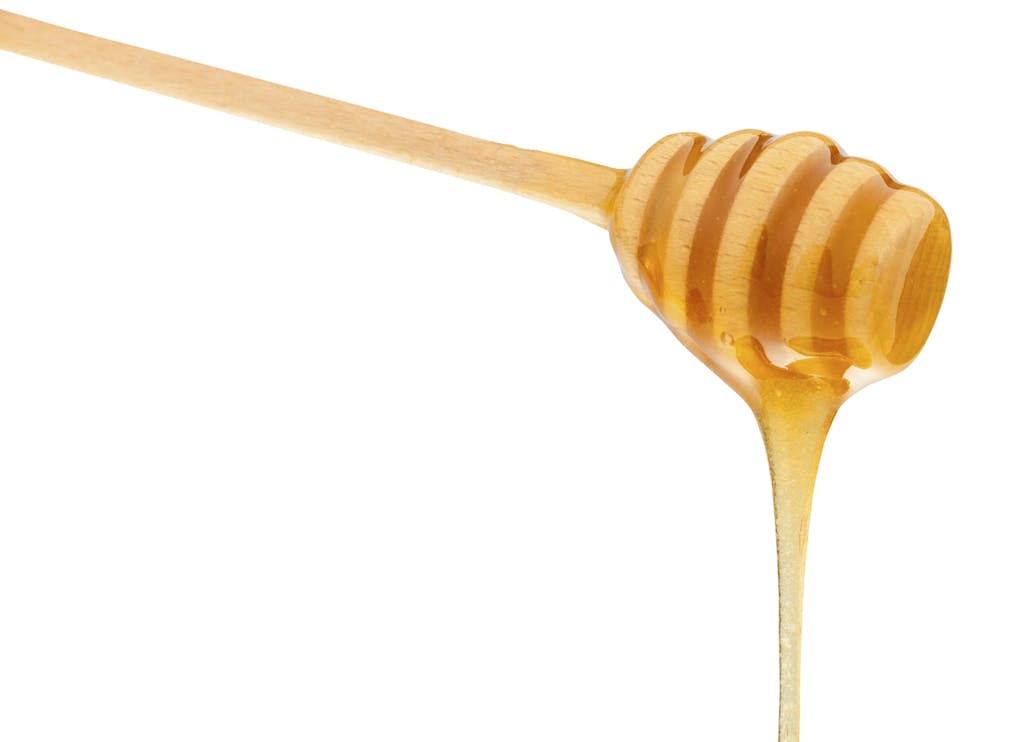
6. Added Natural Sweeteners
While honey, agave, date syrup, molasses, and maple syrup contain slightly more nutrients than refined sugar, they are still all forms of sugar at their core and should be used sparingly.

7. Artificial Sweeteners
Don’t use these! While artificial sweeteners won’t spike your blood sugar, studies show the use of artificial sweeteners can actually increase your risk of developing metabolic syndrome, heart disease, and diabetes.
You’d be surprised by how quickly the sugars in natural sweeteners and some fruits can add up. With the NutriBullet Balance, you have less to worry about because it takes out all the guesswork of creating a nutrient-rich, low-sugar smoothie. Whether you’re aiming to lose weight or cut back on sugar, the app sends you personalized recipes to fit your wellness goals.
Get sugar-laden ingredients out of your diet and out of your healthy smoothies. Once you nix the blood-sugar spiking foods, your energy levels, weight loss, and general well being will skyrocket, leaving you feeling better than you ever imagined!
Nutritional information
Recipe: Creamy Green Strawberry Dream Serving in this recipe:1
- Calories: 236.6
- Total Fat: 3.6 g 5.5%
- Saturated Fat: 0.4 g 1.9%
- Cholesterol: 0 mg 0%
- Sodium: 358.7 mg 14.9%
- Total Carbs: 45.7 g 15.2%
- Dietary Fiber: 9.9 g 39.4%
- Sugar: 22.1 g
- Protein: 8.1 g 16.2%
- Vitamin A: 481.9% Vitamin C: 244.1%
- Calcium: 68.5% Iron: 26.1%
* Percent Daily Values are based on a 2,000 calorie diet. Your daily values may be higher or lower depending on your calorie needs.

